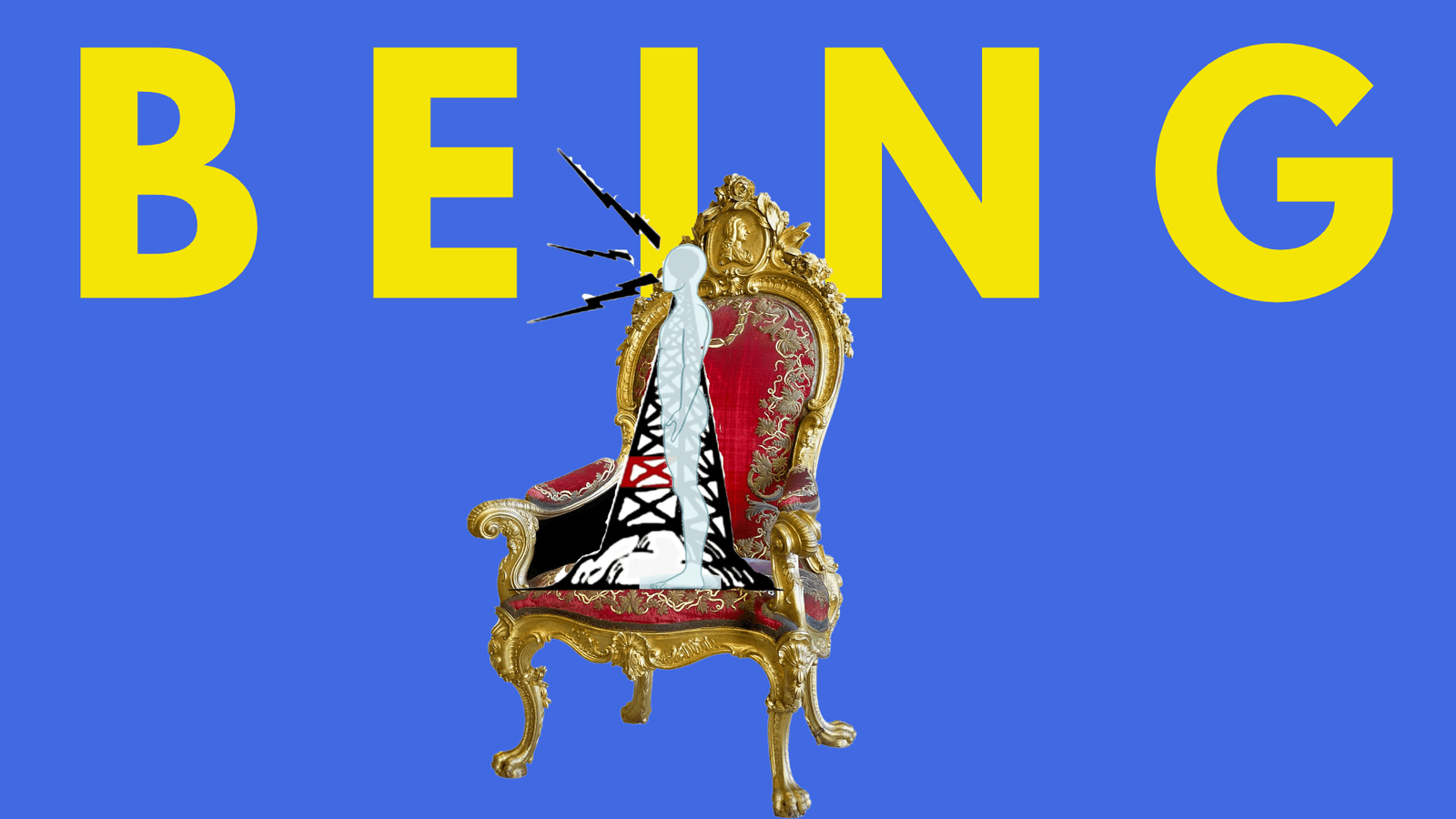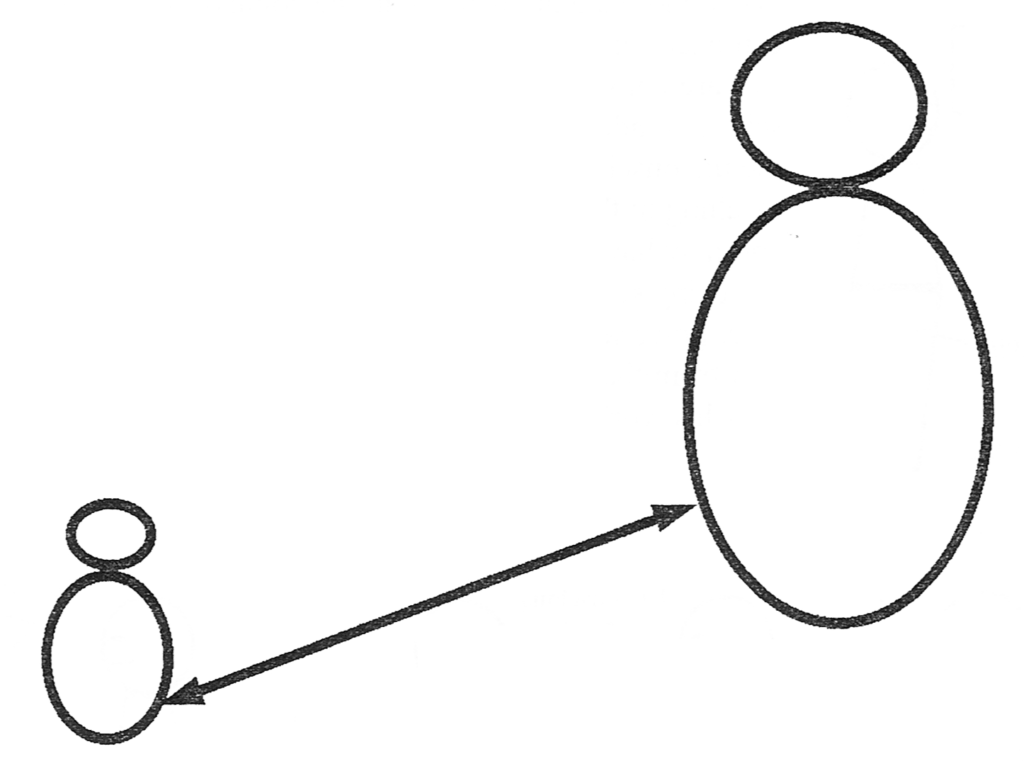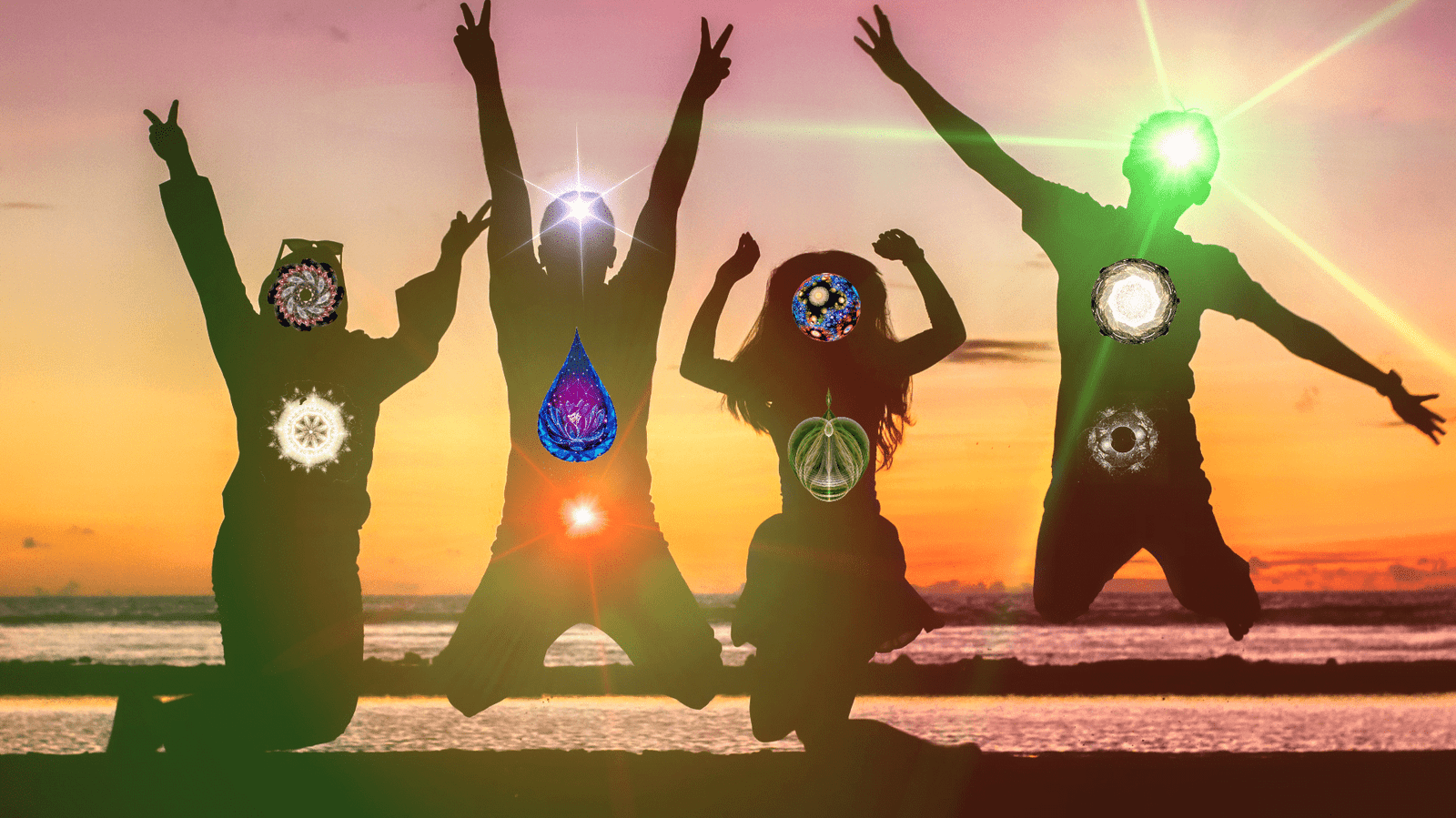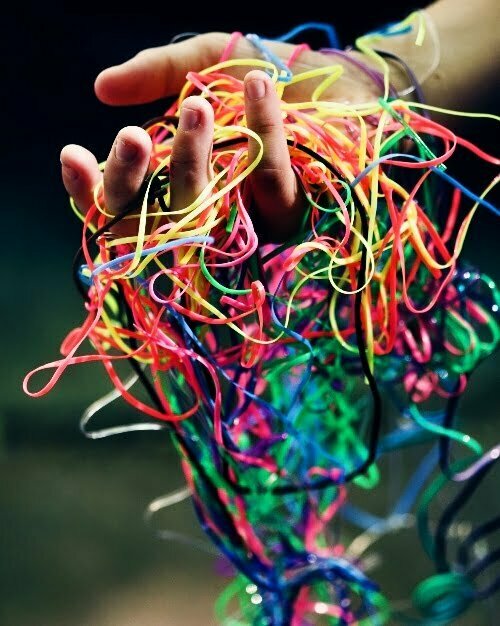Soul Space Service
Object relations help us develop the capacity to relate and function in the world. Ego development is necessary for the evolution of the individual consciousness. Ego identity and ego activity are a pain in the butt when a person’s development reaches a point where they know there must be something deeper, more real, more authentic.
Few people trip into the light fantastic without first experiencing a lot of frustration, heartache and expenditure of energy. The ego eventually wears itself out and down.
As wonderful as the mind is, it simply can’t imagine anything beyond its boundaries and limitations. Let’s explore a few ways to increase our potential possibilities for getting blinded by the light.
We started this series of posts using a tangled ball of yarn/string to illustrate a perspective of psychic structure.
Another way of seeing this is like one of these: a mandala.
From the perspective of the soul, not identified with the self, the mess of string/yarn appears as an intricate patterning, a unique expression of the individual consciousness.
As mentioned earlier, the tangled ball of string and knots is permeated by exponentially more space than string. As we all know, at the atomic level, it’s more than 99% space.
So, imagine being able to perceive from the atomic level. From within the ball of string, you can move your attention, your viewpoint anywhere. As the string, your threads of experience, are perceived in all that space, they present various patterns, mandalas.
Same threads/strings, different perspective. Soul and space, how can we invite them into the foreground of our experience.
A tip for recognizing the soul
If you have ever had the experience, knowing something, but the mind could not picture it accurately, have you wondered how you know the image offered up is inaccurate? It’s similar to having a word “on the tip of your tongue.”
This can happen a lot with lucid dreams or meditative states. You’ve experience something vividly, but you can’t get the image of it exactly right in your mind and you “know” that’s not it when the mind offers up various interpretations. How do you know? How are you certain that’s not it?
The first time this happened to me it was with color. I had been in the realm of the nonconceptual where a particular color infused and dominated the experience. In this world, my mind could not recreate that color (our eyes perceive less than a millionth of the electromagnetic spectrum).
It was like my mind was the paint center at Home Depot, trying this combination, and that combination, and that combination… over and over to be met with – that’s not it. That’s not it was certainty, I knew that wasn’t the color.
How? How did I know that? Because the color was still a form in my soul and I could feel it, could sense it and it was obvious that what the mind was trying to create was not it.
If/when you have similar experiences, pay attention to “that’s not it.” Pay attention to the certainty, that you know. Sense into that. Let go of trying to get the picture, it may be impossible because what’s in the soul is beyond this dimension.
In doing this, you will recognize, develop and nurture knowing the soul as the medium of experience it is.
A tip for nurturing awareness of space
Our minds are prone to paying attention to forms, to objects – that person, that car, that tree… We rarely pay attention to or give priority to the space all these objects are held in and surrounded by.
Start doing that, pay attention to space.
I noticed that certain states of perception, like perceiving space, were similar in feel to peripheral vision. This made sense to me as looking directly at space or focusing on it simply turned it into another object. Try this for a month:
Sit in a chair and look straight ahead. With your right arm bent ninety degrees and your palm flat, move your arm to the right, while still looking forward, until your hand disappears. Back it up until you can hold it in your vision without moving your head or eyes. Do the same for the left side.

Now, position both hands in that way. While looking forward, work with your vision until you can stay looking forward and keep both hands in view.
You want the arms lower than the ones in the illustration, the hands at eye level. Arms straight out, bent ninety degrees at elbow.
What you’re working toward is being able to maintain about a 180-degree field of vision without focus on an object and without effort or eye strain or movement. You are simply gazing forward without focus on objects.
As you get more accomplished at this, you want to start shifting some of your attention from the visual field to the felt-sense of the experience – inviting in the perception of inner space. Spend five minutes twice a day doing this and then get back to me with comments.
Allowing Service to Lead the Way
There are many words and books written, as well as videos these days about selflessness, unconditional love, detachment, the true self, self-love, and other “spiritual” concepts.
The self loves to hide in these selfless concepts – in plain sight.
When one gains some experiential understanding of the self and separateness, one usually experiences a subtle shift in orientation to the subject/object world.
It’s not something you can do, nor something you can learn. Shift Happens.
Exploring service and the notion of serving or being of service is of great value in untangling our ball of knots.
Service is the royal-road home and the final job description for the soul. When you arrive home, when the soul is no longer occluded, she finds herself in the company of Friends, the servants of the truth.






















